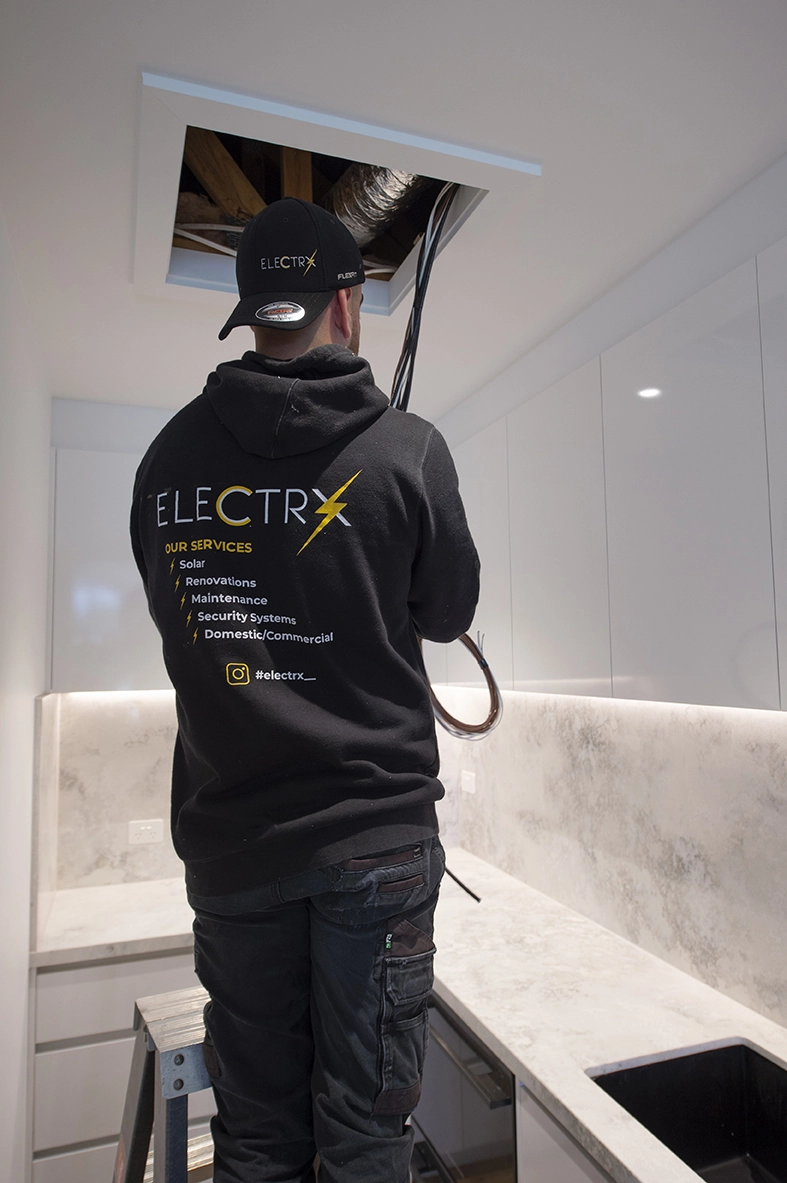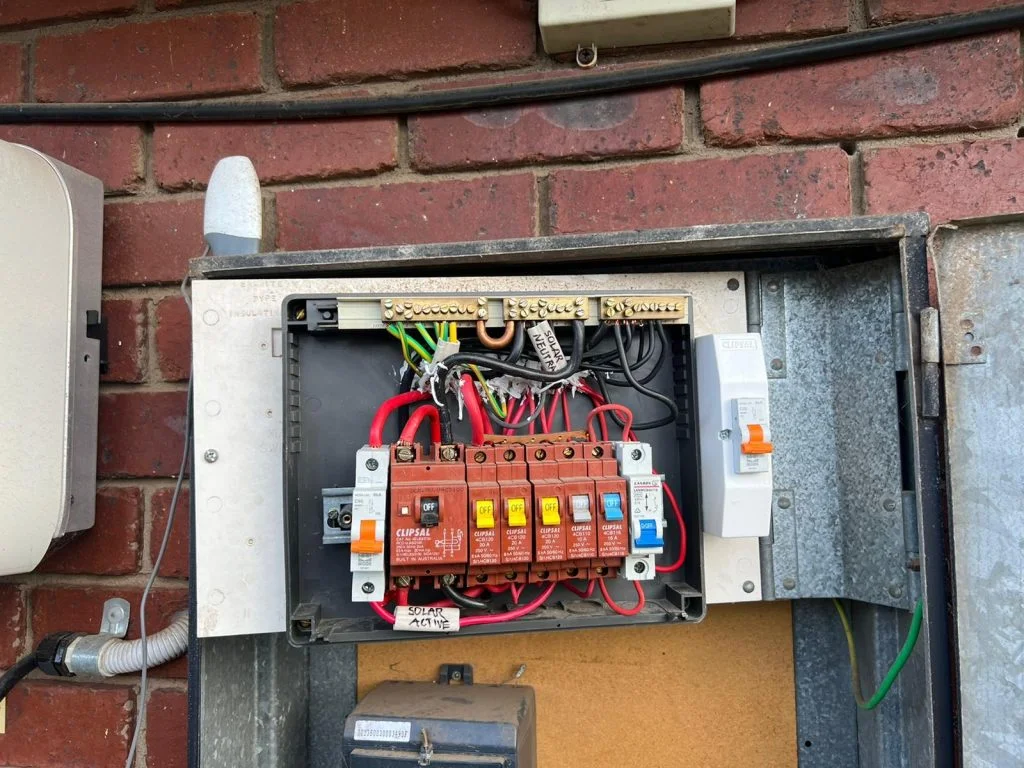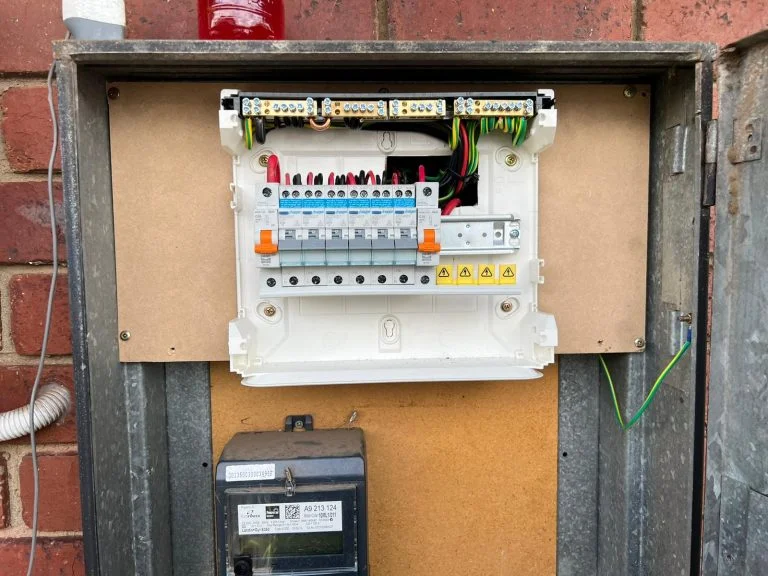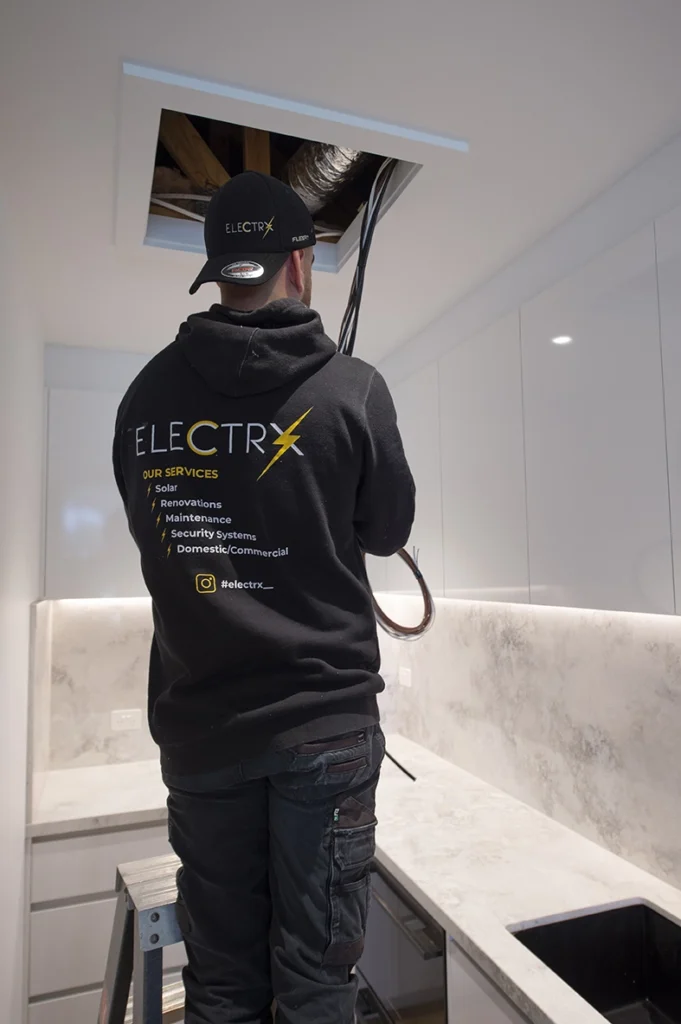Discover the Primary Reasons Behind Frequent Power Trips in Your Home
Power trips are commonly induced by multiple factors, such as electrical overloads, short circuits, or earth faults detected by your electrical system. When these incidents occur, the automatic safety mechanisms integrated into your switchboard spring into action, functioning as essential safeguards to prevent hazardous situations like electric shocks or fire risks. If you are experiencing persistent tripping issues, it is crucial to seek the expertise of a licensed electrician. They can accurately diagnose and address the root causes to ensure both your safety and the reliability of your electrical system.
Are Power Outages Interfering with Your Daily Routines?
Are you frequently facing abrupt power outages during essential daily activities, like preparing meals or using your kettle, leading to a complete failure of your kitchen circuit? If so, you are certainly not alone in dealing with this irritating problem.
Electrx often confronts this issue in residential neighborhoods throughout Werribee, Tarneit, Altona, and surrounding suburbs. This situation ranks high among the reasons homeowners seek our professional assistance. The causes of these power outages can vary significantly, ranging from minor inconveniences to serious, hidden dangers that require immediate attention from qualified professionals.
This detailed guide aims to offer you valuable insights into the potential causes of power interruptions, actionable troubleshooting steps, and advice on when it is wise to consult a professional for further assistance.

Identifying the Leading Causes Behind Power Trips
Your switchboard functions as a vital safety device, meticulously designed to detect electrical faults. In response to such faults, it automatically shuts down circuits to prevent electric shocks, overheating, or even potential fire hazards. Understanding why power trips occur can significantly enhance your ability to address the problem effectively.
The predominant causes of power trips include:
Understanding the Risks Associated with Overloaded Circuits
Overloading happens when an excessive number of electrical devices operate on one circuit, causing the current to exceed the wires’ capacity and resulting in overheating. In these scenarios, the circuit breaker immediately interrupts power to avert potential hazards, effectively protecting your home from the risk of electrical fires. It’s essential to monitor your electrical usage and ensure that no single circuit is burdened beyond its capacity.
Clarifying the Nature of Short Circuits and Their Consequences
A short circuit occurs when the live wire comes into contact with the neutral wire, creating a dangerous situation where the circuit can no longer operate safely. This unexpected contact can trigger an immediate trip, cutting off power swiftly to prevent hazardous incidents from escalating. Understanding this mechanism is crucial for identifying issues in your electrical system.
Recognizing Earth Faults and Their Potential Dangers
Earth faults can arise from various conditions, including moisture, damaged insulation, or faults within an appliance that redirect electricity toward the ground. When such faults occur, the safety switch activates, cutting off power to prevent accidents and ensure the safety of your household. Regular maintenance and monitoring of your electrical system can help mitigate these risks.
Assessing the Impact of Malfunctioning Appliances on Your Electrical Network
Sometimes, the source of the problem may not lie within the wiring, but rather in a malfunctioning appliance, such as a refrigerator, heater, or washing machine. Faults in even the most innocuous plug-in devices can trigger circuit trips. Therefore, it is crucial to meticulously investigate these appliances for any signs of malfunction or wear, ensuring a safe and functional electrical environment.


Practical Troubleshooting Techniques for Electrical Issues
Before reaching out to a professional electrician, consider conducting a quick self-assessment of your electrical system to identify any immediate issues:
- Unplug all devices connected to the affected circuit to rule out potential sources of the problem.
- Try resetting the circuit breaker or safety switch to temporarily restore power.
- Reconnect appliances one at a time, carefully observing which device causes the circuit to trip.
- Document any patterns in the behavior of the tripping to share with your electrician.
If the switch continues to trip even after all devices have been unplugged, it likely indicates a more significant underlying fault within the wiring or circuit board that necessitates professional intervention to ensure safety.
You can request immediate assistance from Electrx by visiting our Emergency Electrician page for prompt and reliable service whenever you face electrical challenges.
Understanding the Risks of DIY Electrical Repairs
Attempting to fix electrical issues on your own is highly discouraged, as it can lead to more severe problems in the long run. Accurate testing and diagnosis of electrical systems require specialized equipment necessary for measuring circuit loads, insulation resistance, and fault paths—tools that most homeowners do not possess. Additionally, subtle but dangerous problems, such as charred cables hidden behind walls or water-damaged switches, may go unnoticed.
If the issue lies within your wiring, switchboard, or safety switch, only a qualified electrician possesses the training and experience needed to diagnose and repair the fault safely and effectively. It is always wiser to prioritize safety and consult professionals for such matters.
For further information, Energy Safe Victoria offers valuable insights regarding the risks associated with DIY electrical work, helping you understand the importance of professional assistance.
Key Indicators That It’s Time to Call a Professional Electrician
It is essential to act quickly if you observe any of the following warning signs:
- The same circuit breaker continues to trip after multiple resets, indicating a deeper issue.
- You notice a burning smell coming from outlets or the switchboard, which can signify serious problems.
- Lights dim or flicker just before the circuit trips, suggesting potential overloads.
- You hear buzzing sounds from the fuse box, indicating electrical faults.
- Power has been lost in specific areas of your home or to critical appliances, requiring immediate attention.
Electrx is committed to delivering swift responses throughout Melbourne’s western suburbs. Our professional team is readily available in Laverton, Altona, Tarneit, Hoppers Crossing, and surrounding areas to assist you promptly whenever you face electrical issues.
What to Anticipate When Our Skilled Electricians Arrive for Service
When our team arrives at your location, we approach the situation with a commitment to thoroughness and precision. Our emergency response protocols encompass:
- Conducting detailed switchboard and circuit testing to accurately identify faults.
- Tracing Residual Current Device (RCD) faults to ensure safety and compliance with relevant standards.
- Isolating and testing appliances comprehensively to determine their functionality and safety.
- Repairing circuit breakers and wiring as necessary to restore full functionality.
- Performing load analysis and safety assessments to mitigate future issues.
- Providing immediate temporary repairs if needed to restore electrical functionality quickly.
If we determine that your switchboard is outdated or your system is overloaded, we may recommend a Switchboard Upgrade to alleviate ongoing risks and enhance the reliability of your electrical system for the future.
Frequently Asked Questions Regarding Power Trip Issues
Why does my power trip when I use the kettle and microwave simultaneously?
Both appliances require a substantial amount of current. If they are plugged into the same circuit, their combined demand can exceed the circuit breaker’s capacity, resulting in a trip that cuts off power.
Is it safe to keep resetting the breaker every time it trips?
No, continuously resetting the breaker is not a safe practice. If it trips repeatedly, there is likely a significant underlying issue that needs to be addressed. Regularly resetting it can exacerbate the fault, leading to more dangerous conditions.
Could my refrigerator or heater be the cause of the power trips?
Absolutely. Older appliances may harbor hidden faults that can lead to circuit interruptions. Our team can conduct thorough safety tests to confirm their functionality and ensure that they are operating safely within your electrical system.
How quickly can Electrx respond to my call for assistance?
Typically, we can respond within 60 to 90 minutes across Melbourne’s western suburbs, ensuring that you receive timely and effective assistance whenever you require electrical support.
Taking Immediate Action to Resolve Power Trip Issues Effectively
Frequent power trips are a clear indication that there is a significant underlying issue that demands immediate attention. While your electrical system is designed to protect you, persistent tripping signals that something is malfunctioning. Our experienced team can accurately diagnose the problem, implement effective solutions swiftly, and restore both safety and functionality to your home’s electrical system.
If you require immediate assistance, do not hesitate to reach out to Electrx, and we will address your electrical concerns promptly and efficiently.
Check Out Our Emergency Electrician Reviews
Why Does My Power Keep Tripping? (And What You Can Do About It)
The Article: Power Tripping: Causes and Solutions You Need to Know first appeared on https://writebuff.com
The Article Causes and Solutions for Power Tripping You Should Know Was Found On https://limitsofstrategy.com



This topic resonates with many homeowners, including myself, as I’ve encountered the frustrating issue of power trips multiple times. It’s interesting how most of us tend to overlook the intricate balance our electrical systems maintain while we go about our daily routines. On one occasion, I experienced frequent tripping during meal prep, which is not only inconvenient but also a bit concerning regarding safety.
Ah, the joys of power trips! It feels like my appliances have decided to take a synchronized nap right when I’m elbow-deep in a pasta sauce, doesn’t it? I’ve found myself standing in front of my switchboard more times than I’d like to admit, debating whether it’s time to call in the pros or simply sweet-talk the circuit into behaving.
I can totally relate to the frustration you’re describing with power trips! It’s happened to me a few times while I was in the middle of cooking dinner, and it always seems to happen right when I’m about to use a crucial appliance. I had my electrician over after the third incident, and it turned out that my kitchen circuit was overloaded with all the new gadgets I had added over time. It’s amazing how we can accumulate devices without realizing the stress they put on our electrical system.